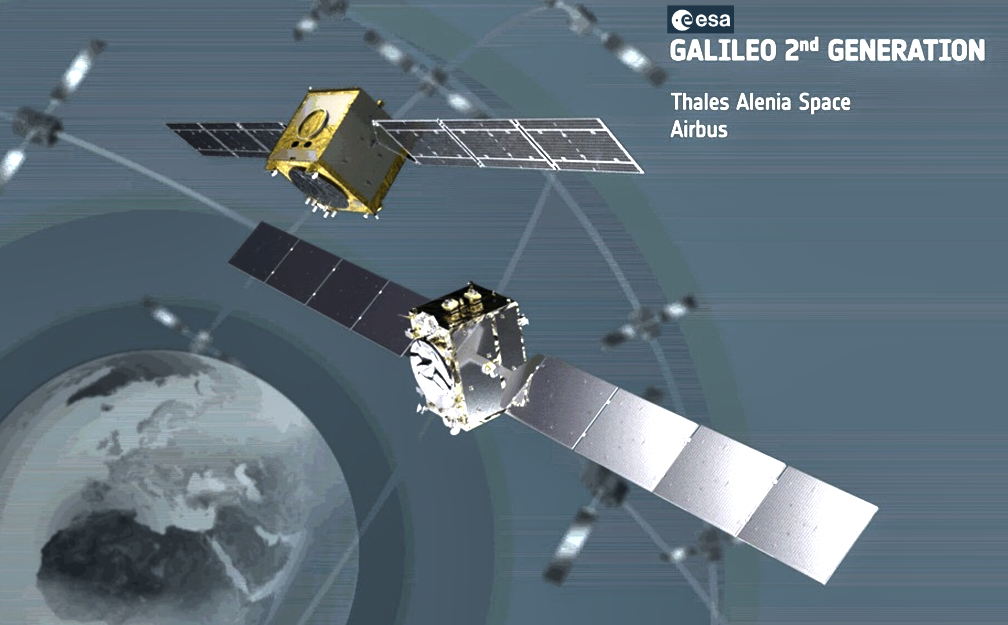
The past weekend witnessed two additional European Galileo navigation satellites launched into orbit. In parallel, work on the second generation of Galileo satellites is already underway on Earth. Beyond Gravity (formerly RUAG Space) delivers key products such as thermal insulation, mechanisms, and structures to the next generation of European navigation satellites.

On Sunday morning, April 28th, two additional satellites were launched, bringing the total number of Europe’s Galileo navigation satellites on-orbit to 30. In parallel, work is underway on the next generation of Galileo. The first of a further 12 Galileo Second Generation satellites are due to be launched starting in 2025.
Six of these satellites are being produced by the satellite manufacturer Airbus (Germany), while the other six are being built by Thales Alenia Space (Italy).
For all six satellites built by Airbus, Beyond Gravity will supply the structure (“backbone”) and thermal insulation. The structure is being built in Zurich and serves as the chassis of the satellite. The thermal insulation is being built in Austria and will protect the navigation satellites from the plus/minus 200 degrees Celsius temperatures in space and keep them at a constant room temperature.
Beyond Gravity also supplies to Airbus the solar array drive mechanisms, which point the solar arrays of the Galileo satellites in the right direction to ensure that the satellite and its payload, especially the atomic clocks, have the right amount of electric power they are requesting.
For the six navigation satellites built by Thales Alenia Space, Beyond Gravity’s site in Austria is supplying a total of 12 mechanisms for gimballing the electric thrusters. The electric power thrusters are needed to bring the satellites to their desired MEO altitude and orbit after the Launcher releases them at 6000 km nominal altitude.
For the six Galileo satellites from Thales, Beyond Gravity’s site in Vienna, Austria, produces control electronics for the antenna mechanisms that will establish direct communication between the Galileo satellites.
At the Beyond Gravity site in Linköping, Sweden, the company designs and produces the launch adapter, which connects the Galileo satellites to the launch vehicle. Along with the according release mechanism from Beyond Gravity the adapter places the Galileo satellites into space.
“Galileo is currently the world’s most precise satellite-based navigation system. Beyond Gravity plays a key role in this project, supplying key products to both satellite builders of the second generation of navigation satellites”, said Oliver Grassmann, Executive Vice President Satellites at Beyond Gravity.
